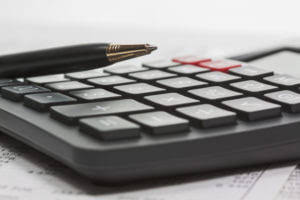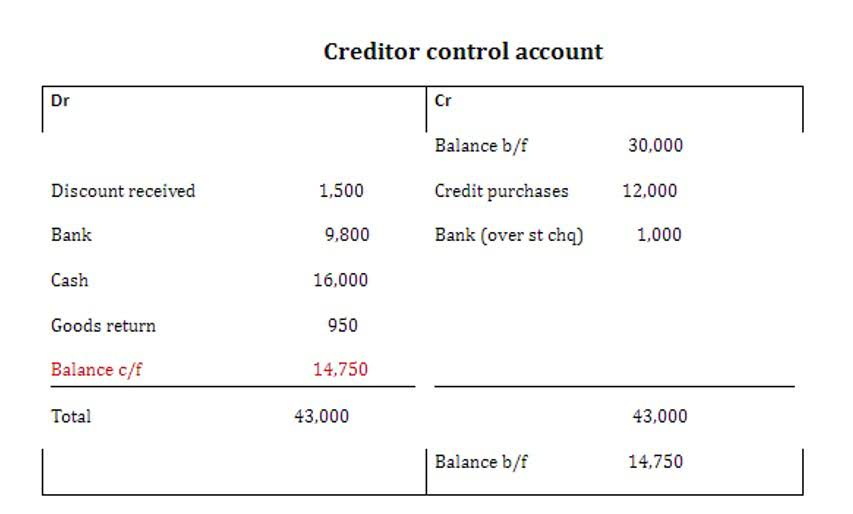
You can use the Excel file to enter the numbers for any company and gain a deeper understanding of how balance sheets work. The major and often largest value assets of most companies are that company’s machinery, buildings, and property. Accounts receivable list the amounts of money owed to the company by its customers for the sale of its products. Therefore the liabilities on the LHS of the accounting equation are divided into two as capital and liabilities. The first printed treatise of bookkeeping in the world is the “Summa de Arithmetica, Geometria, Proportioni et Proportionalita” written by Luca Pacioli.
Assets Always Equal Liabilities Plus Equity
- Liquidation with respect to assets is the process of converting the asset to cash by handing over its possession.
- Double entry system ensures accuracy and completeness in its accounting system.
- With the accounting equation expanded, financial analysts and accountants can better understand how a company structures its equity.
- While the balance sheet is concerned with one point in time, the income statement covers a time interval or period of time.
- If the accounting equation is out of balance, that’s a sign that you’ve made a mistake in your accounting, and that you’ve lost track of some of your assets, liabilities, or equity.
- Journal entries often use the language of debits (DR) and credits (CR).
And we find that the numbers balance, meaning Apple accurately reported its transactions and its double-entry system is working. At the heart of HighRadius’s R2R solution is an AI-powered platform designed to cater to all accounting roles. One of the standout features of the solution is its ability to automate almost 50% of manual repetitive tasks.
Cash Basis Accounting vs. Accrual Accounting

Its assets are now worth $1000, which is the sum of its liabilities ($400) and equity ($600). Cash (asset) will reduce by $10 due to Anushka using the cash belonging to the business to pay for her own personal expense. As this is not really an expense of the business, Anushka is effectively being paid amounts owed to her as the owner of the business (drawings). We will now consider an example with various transactions within a business to see how each has a dual aspect and to demonstrate the cumulative effect on the accounting equation.
How do you identify assets, liabilities and equity?
- Property, Plant, and Equipment (also known as PP&E) capture the company’s tangible fixed assets.
- Real estate, though, is less liquid — selling land or buildings for cash is time-consuming and can be difficult, depending on the market.
- And finally, current liabilities are typically paid with Current assets.
- But if you need a business loan or line of credit, understanding the relationship between assets, liability and equity is key.
- The cash (asset) of the business will increase by $5,000 as will the amount representing the investment from Anushka as the owner of the business (capital).
- If depreciation expense is known, capital expenditure can be calculated and included as a cash outflow under cash flow from investing in the cash flow statement.
Shareholders’ equity is the total value of the company expressed in dollars. Put another way, it is the amount that would remain if the company liquidated all of its assets and paid off all of its debts. The remainder is the shareholders’ equity, which would be asset plus liabilities equals returned to them. Although the balance sheet always balances out, the accounting equation can’t tell investors how well a company is performing. Long-term liabilities, on the other hand, include debt such as mortgages or loans used to purchase fixed assets.
Examples of assets, liabilities, equity

Like the accounting equation, it shows that a company’s total amount of assets equals the total amount of liabilities plus owner’s (or stockholders’) equity. The accounting equation represents a fundamental principle of accounting that states that a company’s total assets are equal to the sum of its liabilities and equity. It forms the basis of double-entry accounting, where every transaction results in a dual effect, ensuring balance sheet accuracy. If a company keeps accurate records using the double-entry system, the accounting equation will always be “in balance,” meaning the left side of the equation will be equal to the right side.

Balance Sheet
- If the total assets calculated equals the sum of liabilities and equity then an organization has correctly gauged the value of all three key components.
- Balance sheet is the financial statement that involves all aspects of the accounting equation namely, assets, liabilities and equity.
- To keep the books at your company balanced, your assets should always equal the combined total of your liabilities and owners’ equity.
- You can find a company’s assets, liabilities, and equity on key financial statements, such as balance sheets and income statements (also called profit and loss statements).
- You can think about equity in terms of what would happen if the company went bankrupt and liquidated its assets today.
- If the net amount is a negative amount, it is referred to as a net loss.
- The shareholders’ equity number is a company’s total assets minus its total liabilities.
For the past 52 years, Harold Averkamp (CPA, MBA) hasworked as an accounting supervisor, manager, consultant, university instructor, and innovator in teaching accounting online. He is the sole author of all the materials https://www.bookstime.com/articles/amortizing-bond-premium-with-the-effective-interest-rate-method on AccountingCoach.com. For the past 52 years, Harold Averkamp (CPA, MBA) has worked as an accounting supervisor, manager, consultant, university instructor, and innovator in teaching accounting online.


Deixar Um Comentário